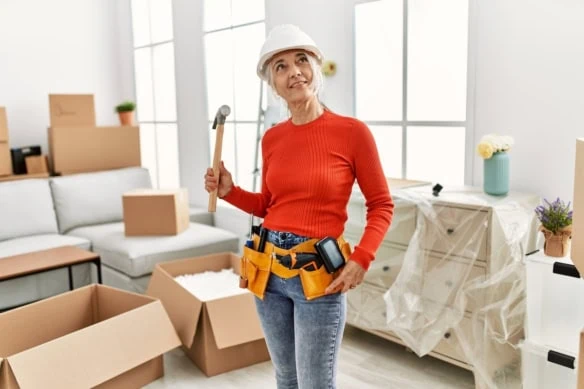When you’re young and choosing a home, you might focus on the neighborhood, the number of bedrooms, the size of the kitchen, or a fenced-in backyard for your dogs.
However, over time, what you need from your living space might change.
That doesn’t necessarily mean you’ll have to move. But, as you get older, you might need to consider a number of upgrades around the house that revolve around safety and accessibility. This will especially be the case if you plan to continue “aging in place” once you reach retirement.
Today, I’m going to discuss some of the top home improvements you should consider doing before retirement. Accomplishing these projects now can set you up for a safer, more comfortable life once you call it a career.
Safety First: Home Renovations to Complete Before Retirement
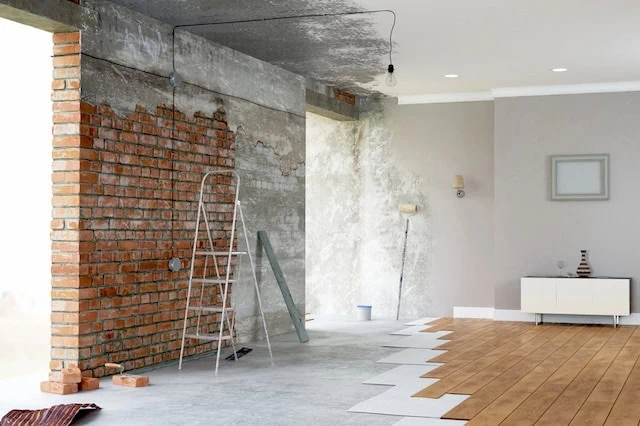
Unfortunately, certain physical tasks generally become more challenging as you age. You might also struggle to finance large projects once you’re constrained by a strict monthly retirement budget.
For these and other reasons, it’s better to complete renovations before retirement.
The home improvements on this list are mainly focused on making you safe and comfortable as you age in place. Let’s take a look!
1. Replace Door Knobs
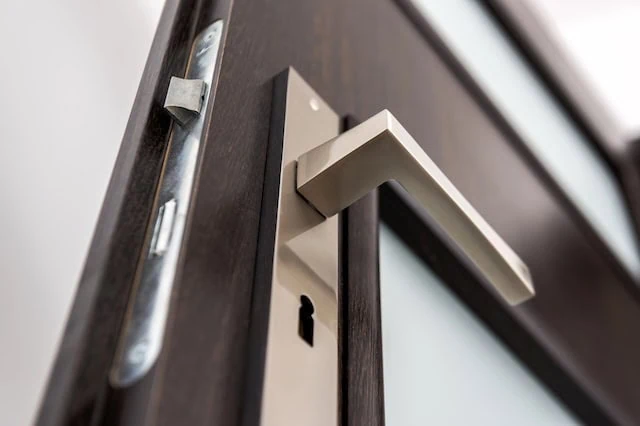
More than half of American adults age 75 and older have arthritis, according to data published by the National Center for Health Statistics.
This can affect seniors’ lives in a number of ways, but one of the most common (yet easy to overlook) is an increased difficulty in opening doors.
The fine motor skill of twisting door knobs can be challenging for many older adults. Fortunately, switching out traditional sphere-shaped door knobs for lever-style handles is an easy, inexpensive change that can make opening doors much easier for seniors. Not only are these lever handles simple to grip and turn, but they can often be used with a forearm or elbow.
In fact, even if you don’t have arthritis, you might find these handles more convenient.
Related: 13 Baby Boomer Retirement Statistics You Should Know
2. Install Grab Bars
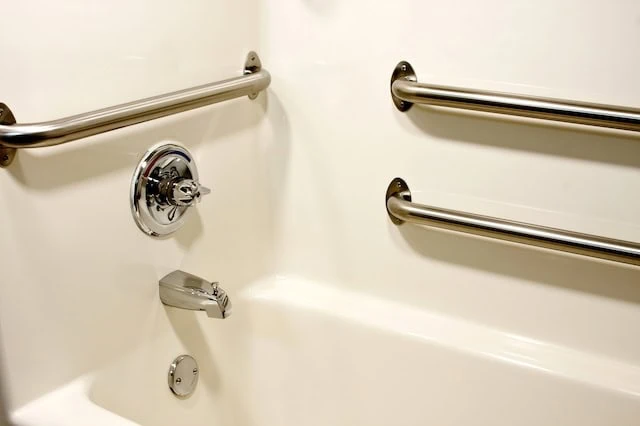
Falls are the second leading cause of unintentional injury deaths across the world, says the World Health Organization, and adults age 60 and older suffer the highest rate of fatal falls.
Grab bars, also called safety rails, are excellent additions to seniors’ bathrooms and help solve this common issue by helping people keep their balance on slippery floors and otherwise preventing falls.
Grab bars can be placed outside showers and baths to make getting in easier, or inside of them for extra stability when needed. Another excellent spot for grab bars is next to the toilet. These help people with limited mobility stay steady when transitioning from standing to sitting, and vice versa.
Related: What Is the Social Security COLA?
3. Replace or Adjust Toilets
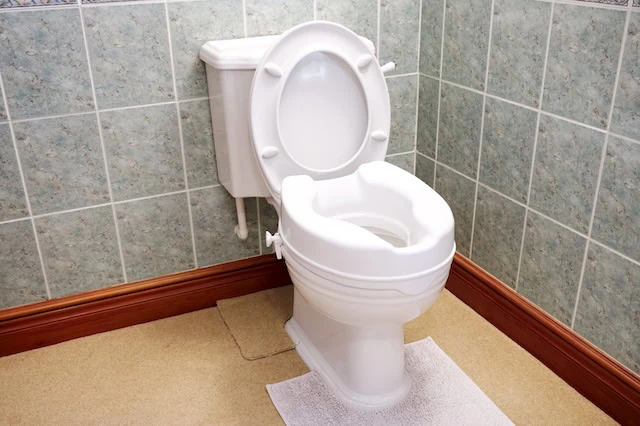
In addition to adding grab bars next to toilets, some people go an extra step.
Some older adults are served best by replacing their current latrine with a higher-than-standard toilet. If you don’t want to purchase an entirely new loo, you can sometimes achieve a better height by wedging the toilet seat higher.
Of course, if you’re a shorter individual, you also don’t want the seat to be too high. So when seeking the optimal toilet height, ensure you can put your feet on the floor while seated. That, combined with the ability to sit and stand easily, will help you determine the best height.
Related: Does Your Credit Score Matter in Retirement?
4. Remodel Shower and/or Bath
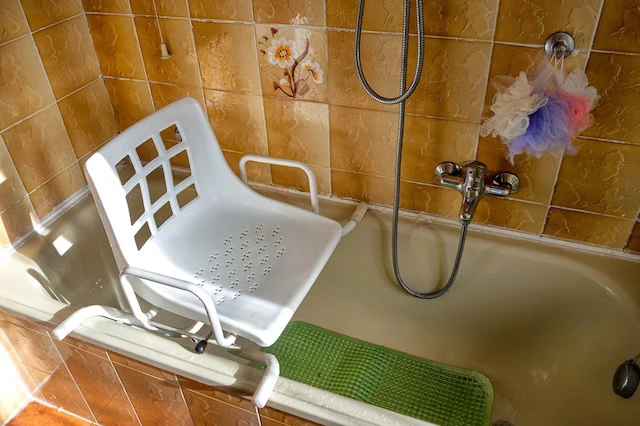
Older adults might want to consider a shower and/or tub remodel, too.
For instance: If you currently have a shower-tub combo, it might be worth switching to a low-entry or curbless shower that is simpler to enter and exit.
You could also install things such as a shower seat or a walk-in bathtub to provide both comfort and stability. Also, you might enjoy these options even if you don’t have any mobility issues. (I have a friend in her 30s with a walk-in bathtub that she adores!)
One last note on bathrooms: Consider adding non-slip bath mats, too.
Related: What Is the 90/90 Minimalism Rule?
5. Enhance Lighting

Being able to spot hazards is essential to older adults’ safety, so homes require adequate lighting.
Some seniors might want to get lighting with dimmer switches for middle-of-the-night bathroom trips, motion-sensor lighting, even night lights. It can also help to have smart lighting that runs on set schedules or can be turned on and off from a phone or remote control.
Sufficient lighting isn’t just necessary for safety—it can affect older adults mentally as well. A 2022 study published in the Journal of Environment Psychology found that “the lighting condition in older adults’ residences is an important environmental element affecting their mood and cognitive functions.”
Related: What Is Medicare? A Guide to Types of Medicare Coverage
6. Install Induction Cooktops
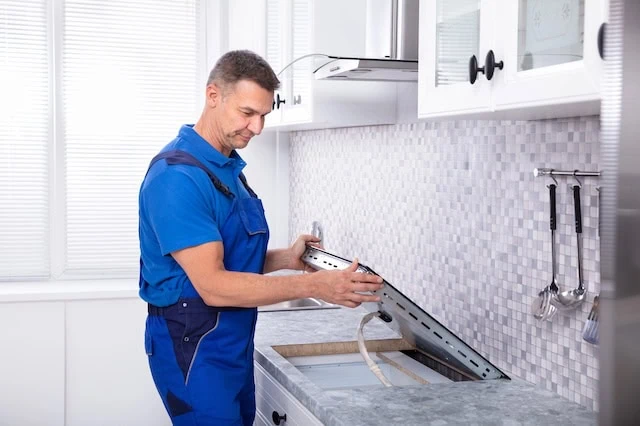
Induction cooktops create an electromagnetic field under a glass cooktop surface, which makes the magnetic cookware on top heat up. The upshot of this? No flames involved. In fact, if an induction burner is on, but there is no compatible pot or pan on it, it won’t heat up. This makes it much safer for people of any age to use, as it drastically reduces the chances of starting a fire.
You also don’t have to worry about exposure to carbon monoxide or gas leaks either. Plus, the surfaces are simple to wipe down.
Overall, this safety upgrade is excellent for seniors who are forgetful or wouldn’t have the ability to quickly react to a fire.
Related: Cooking Costs Heating Up? Here’s How to Save Money Cooking
7. Replace Flooring
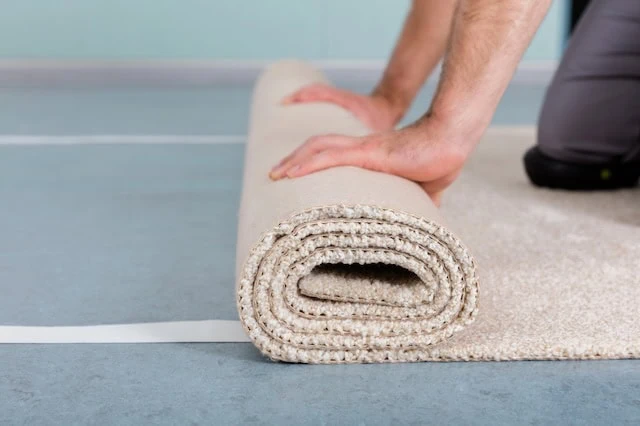
You can also improve a home’s safety profile by replacing flooring.
For instance, you can remove rugs—when rugs bunch up, they become tripping hazards.
Of course, slippery, hard floors aren’t exactly ideal, either, so you might want to consider alternative flooring. Low-pile carpeting, for one, isn’t as slippery and provides some amount of cushion when you fall. (Though it does require vacuuming and can quickly become dirty if you have pets.) Other great flooring options include linoleum, cork, vinyl, or rubber. Rubber flooring is a favorite of many senior facilities as it’s anti-slip, even when wet, and it cushions falls.
Related: ADVISORY: Medicare FAQs: Your Questions Answered
8. Install Ramps
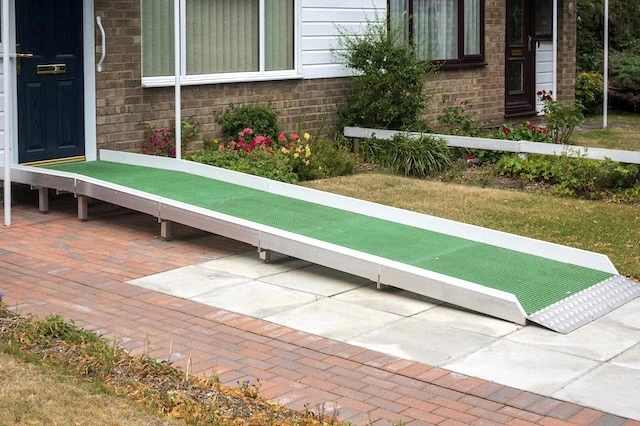
Ramps aren’t just beneficial to people in wheelchairs—they can be easier for people with a variety of mobility issues. If you have a walker, crutches, vertigo or other balance issues, or are recovering from surgery, you might prefer using a ramp.
Consider getting ramps for some of your stairways, or threshold ramps for other uneven surfaces.
If you’re uncertain about the effectiveness of permanent ramps or can’t currently afford their high price tag, you can try out portable ramps. These can quickly be moved in any situation when a ramp isn’t necessary.
Related: How Seniors Can Advocate for Themselves at the Doctor’s Office
9. Consider Casement Windows
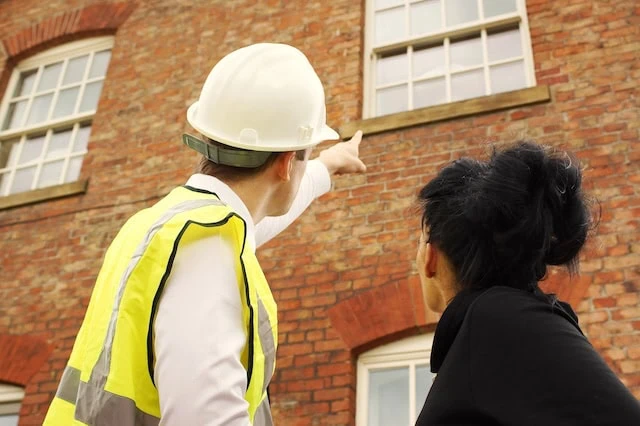
Casement windows function using a crank at the base. They’re simple to operate, and they’re an ideal alternative for people with mobility or postural issues.
There are downsides. These types of windows can be more expensive to replace, for instance, and the crank might be difficult for people with dexterity issues. Still, many people find these windows preferable in retirement.
If you choose to replace your windows, you can also take that as an opportunity to have your windows moved lower in case they are needed as an escape in an emergency. However, changing window placement needs to be done carefully so it doesn’t affect the structural integrity of walls. So you’ll likely need a professional for this task.
Related: When Should You Take Social Security?
10. Install Touchless Water Faucets
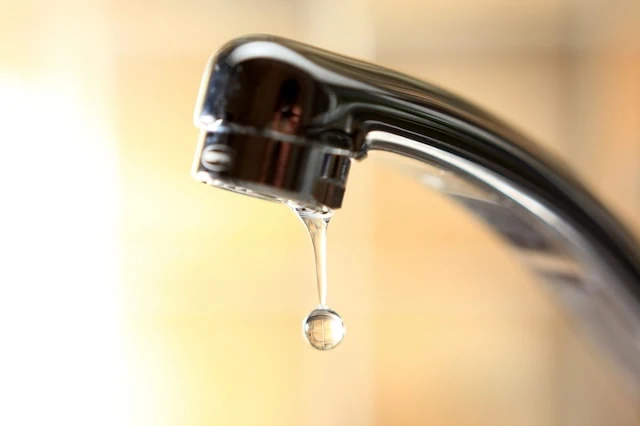
Touchless water faucets can be convenient for people with arthritis, with hand injuries, or who struggle with fine motor skills. These faucets spread fewer germs, so if someone else in your household is sick, you can improve your odds of staying healthy. They are also safer in terms of temperature control, so you’ll be less likely to accidentally scald your hands.
Besides ease of use and safety, they are also simple to clean, convenient, and may save water. These might cost more to install than traditional faucets, but they can improve older adults’ quality of life.
Related: 10 Senior Discounts for Restaurants + Grocery Stores
How to Pay for Home Renovations

The national average for aging-in-place renovations sits between $3,000 and $15,000, says home remodeling site Fixr. So as you plan for retirement, if you believe you’ll want to do several home renovations, you’ll want to account for higher-than-average expenditures on this front—and thus you might need to build a bigger nest egg than you expected.
However, there are also federal and local programs that can help reduce your costs. A few examples:
- The Section 504 Home Repair program offers grants to elderly very-low-income homeowners to eliminate safety and health hazards.
- The Weatherization Assistance program may be able to make repairs or upgrades to your home that make it more energy efficient, such as insulating the attic or replacing the glass from broken windows.
- You might be eligible for energy efficient home improvement tax credit when you make qualified energy-efficient home improvements. While there are maximum yearly credits for different improvement categories, there isn’t a lifetime dollar limit, meaning you could benefit every year until 2033.
Related: How Long Will My Savings Last in Retirement? 4 Withdrawal Strategies




